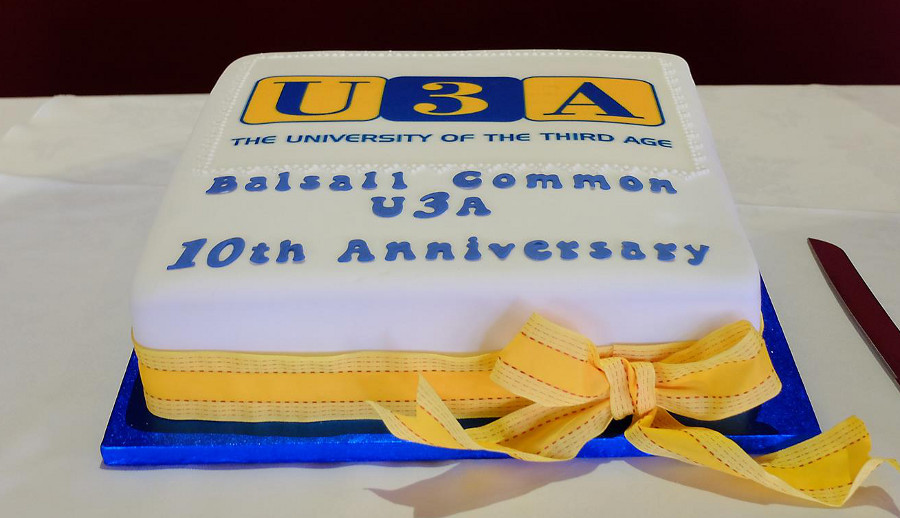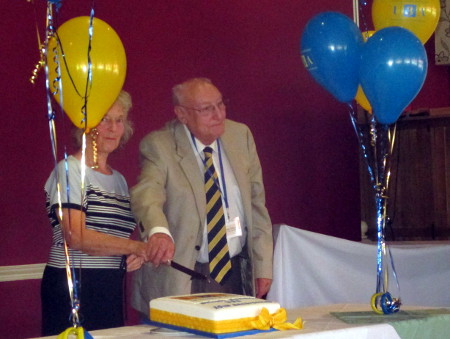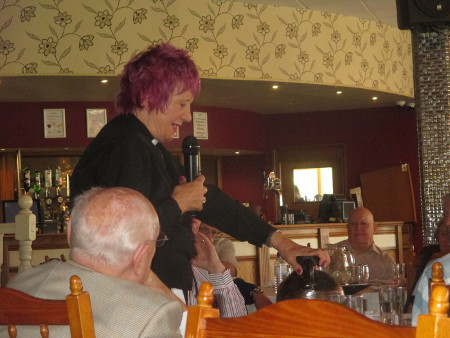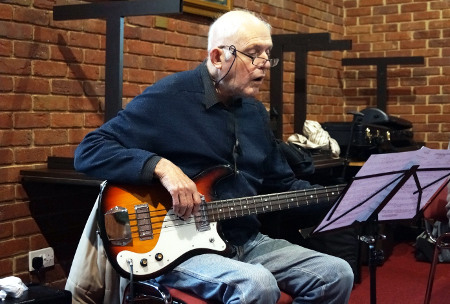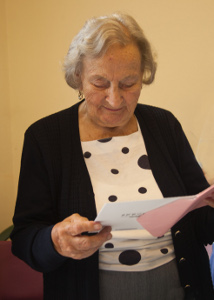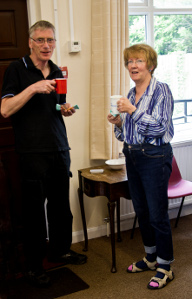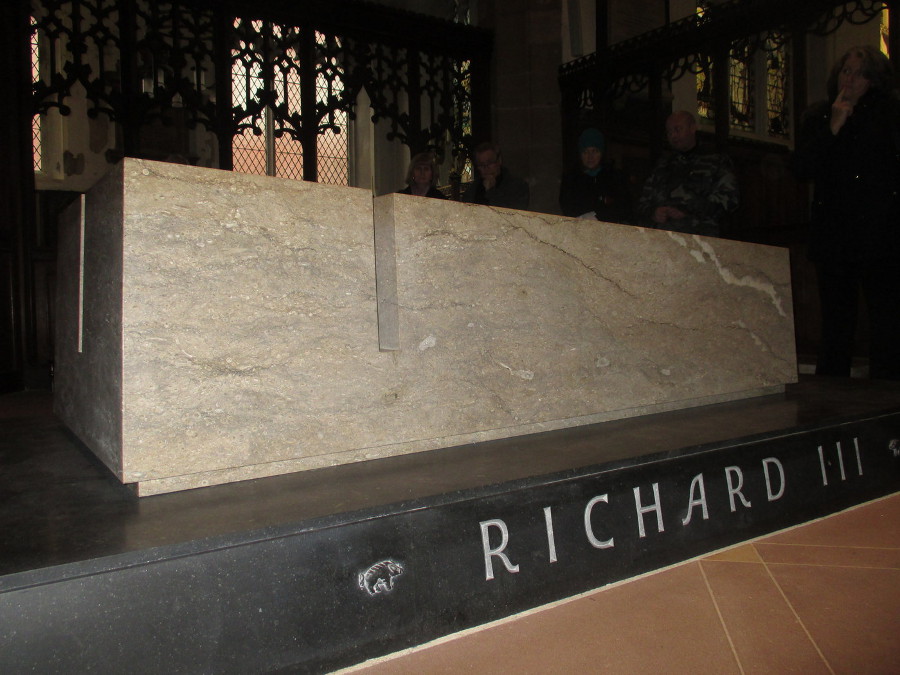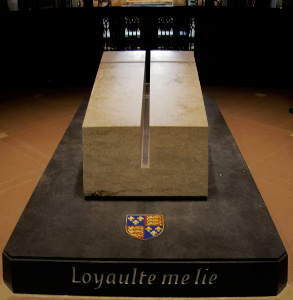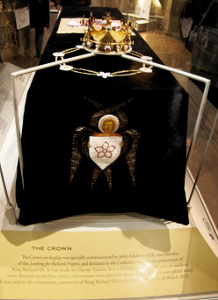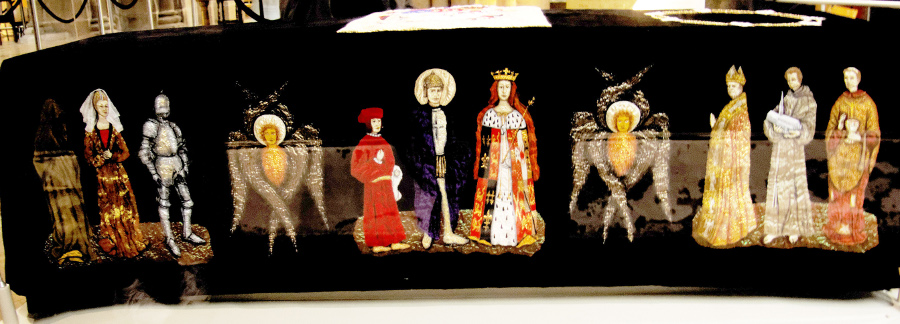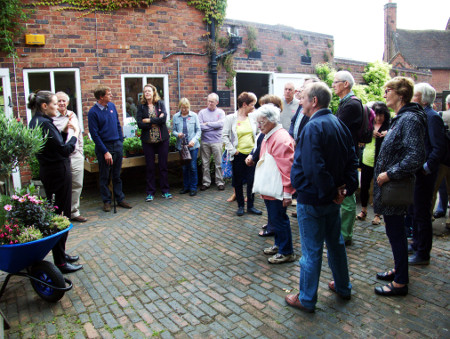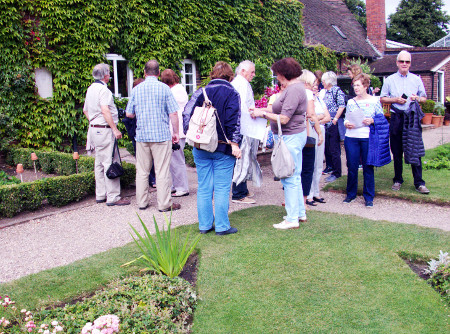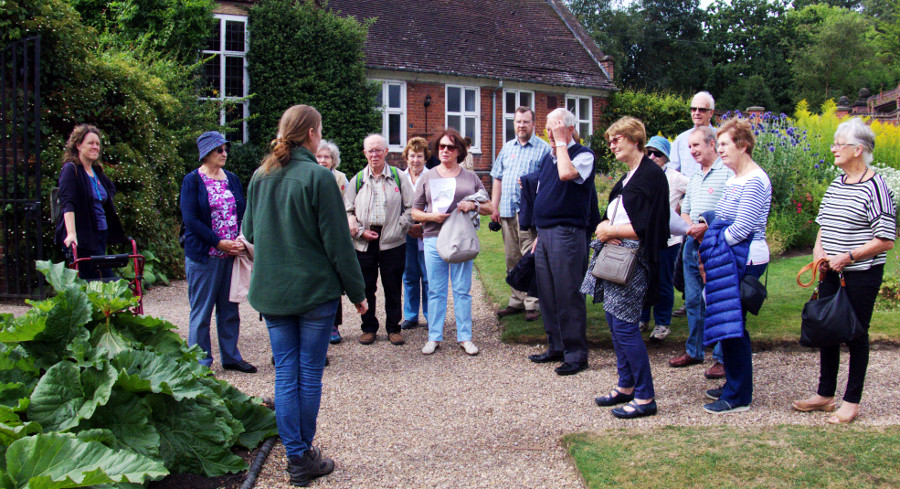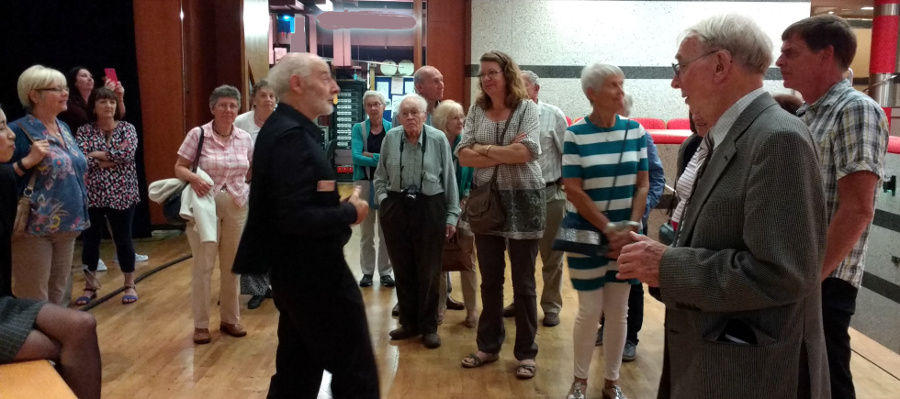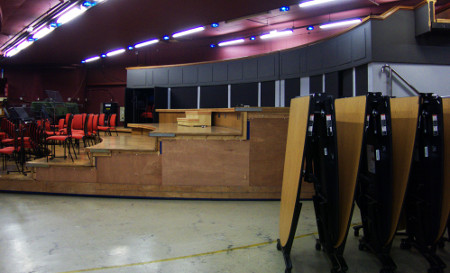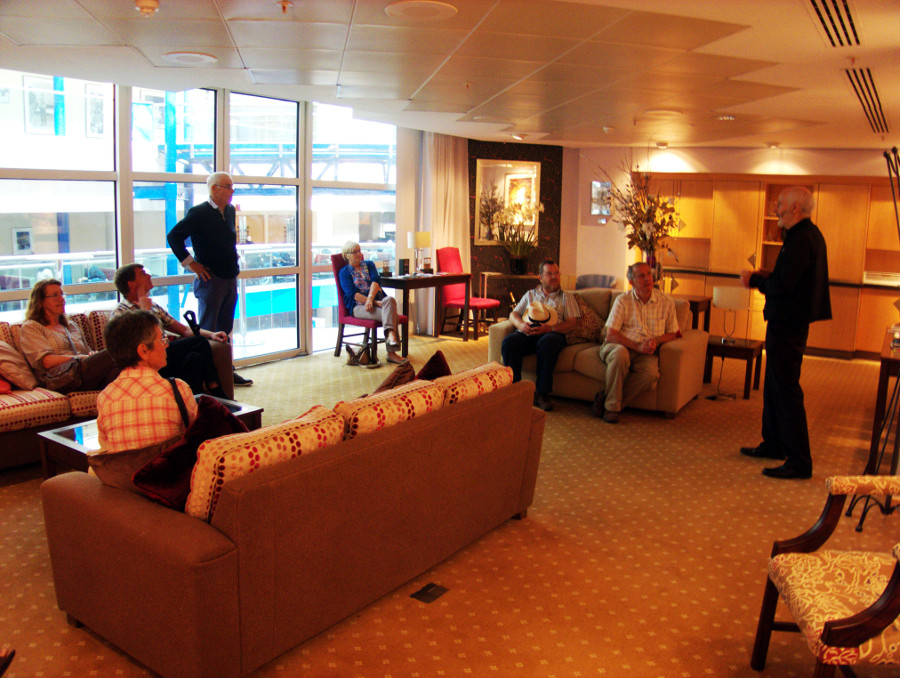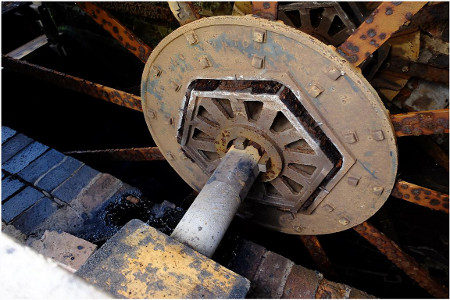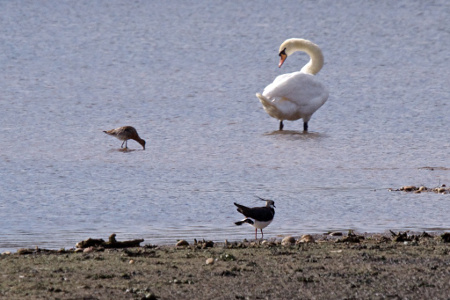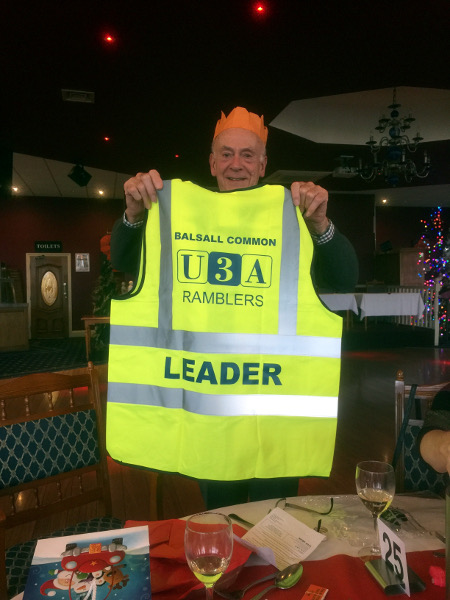In August 1485 King Richard III was killed at the Battle of Bosworth, and buried by the Grey Friars, a Franciscan Holy order, in their friary church. In August 2012, Leicester City Council, the University of Leicester, and the Richard III Society began a search underneath a car park in Leicester, in an attempt to find King Richard IIIís remains and the Grey Friars Church.
This coincided with the 527th anniversary of the date King Richard III was killed at the Battle of Bosworth. Five months after the dig began, the University of Leicester confirmed a skeleton unearthed by archaeologists was in fact Richard III.
Although the well-known local story was that King Richardís bones were thrown into the river by a mob at the time of the Reformation, in recent times, a number of researchers began to put the case for the remains still being buried in the Greyfriars area of Leicester, including David Baldwin, a University of Leicester tutor. In the years following this theory was advanced by historian John Ashdown-Hill, who together with researcher Philippa Langley, proposed a more precise location for his whereabouts: the north end of a city council car park at Greyfriars, the offices of its Social Services department.
Fast forward to Spring 2011 and Philippa Langley, of the Richard III Society, approached Leicester City Council and the University of Leicester Archaeological Services (ULAS) in the hope that they would carry out an excavation of the Greyfriars Social Services car park site. Everyone was enthusiastic. Although the chance of finding Richard III were minute, ULAS were keen to find the old Greyfriars Church. With the help of University funding and an International Appeal by the Richard III Society that saved the search for the king, the dig eventually got the go ahead in summer 2012.
In August 2012, the careful process of excavation began. In the days that followed the archaeologists uncovered not only the old Greyfriars church, but a skeleton with battle wounds and a curved spine.
The skeleton was exhumed and the process of formal identification began. Experts from the University of Leicester used DNA sampling to link the skeleton to Richard IIIís descendants. Carbon dating of the bones dated them to 1455–1540, which coincides with Richard IIIís death. Furthermore the bones were identified to be of a man between late 20s or early 30s and Richard III died aged 32.
After careful scientific examination, the University announced in February 2013 that the skeleton found was indeed Richard III. Examining the skeleton gave the University a new insight into the life and death of Richard III, for instance, he was portrayed by some Tudor historians, with a political ďaxe to grindĒ, as being ďdeformedĒ; although the curved spine on the skeleton does show he had Scoliosis, he did not have a withered arm or other details attributed to him in some characterisations.
King Richard III was reinterred in Leicester Cathedral which is located just 100 steps away from the visitor centre, in March 2015.
The Photographs below were taken by Alan Cross and John Bolt
|
|

|

|
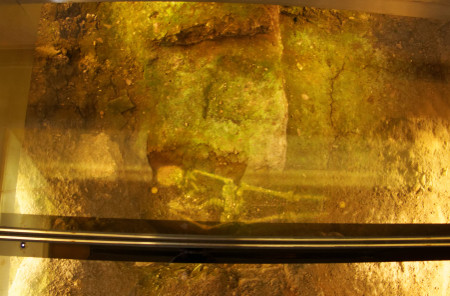 The Actual grave found under the car park |
|
|
|
|
|
|
|

|


